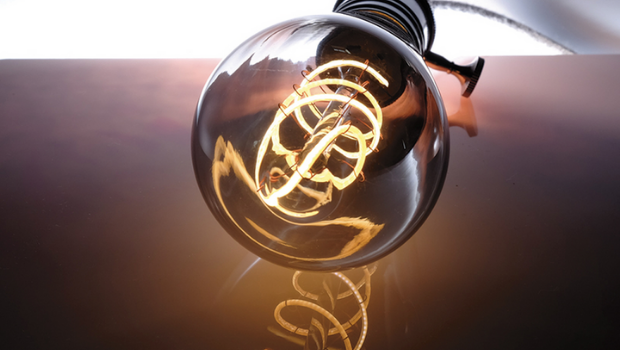Shedding Light on Light bulbs: The Ins and Outs of Our Options
Don’t be left in the dark when choosing lightbulbs. Lighting accounts for up to 20 percent of a household’s energy bill, and untold numbers of bulbs end up in landfills. Let’s illuminate some bulb options to increase savings and reduce waste.
INCANDESCENT BULBS, the iconic symbol for a bright idea, were the only option until the early 2000s. They’re hot to the touch and no longer easy to find because governments worldwide have ordered them phased out to lower energy consumption.
Energy efficiency: Each bulb lasts one to two years, and 80 percent of the electricity is lost as heat.
Cost efficiency: Estimated $4.80 to $7.01 annual cost of operation.
Potential health risks: No toxic chemicals. They can cause burns or fires if hot from use.
Proper disposal: Not recyclable. Throw away in garbage.
COMPACT FLUORESCENT LIGHTS (CFL) were a great answer to the incandescent bulbs that came before them as far as energy efficiency, but they have disadvantages, as well.
Energy efficiency: About 65 to 75 percent more efficient than incandescent.
Cost efficiency: Estimated $1.25 to $1.75 annual cost of operation.
Potential health risks: CFLs contain small traces of mercury and emit puffs of toxic powder when they break. Visit the U.S. Environmental Protection Agency’s website epa.gov for safe clean-up instructions.
Proper disposal: Go to Earth911 to search for nearby CFL disposal facilities.
LIGHT EMITTING DIODES (LED) bulbs are here to stay and illuminate the majority of households. To compute old bulb wattage compared to LED wattage, divide roughly by five or six. For example, a 60-watt incandescent bulb is equivalent to a 10-watt LED. It’s not an exact equation, but it’s close.
Energy efficiency: Up to 83 percent more efficient than incandescent.
Cost efficiency: Estimated $1.19 annual cost of operation per bulb.
Potential health risks: Age-related macular degeneration is more likely with high exposure to low-intensity “blue light”; however, the warmer glow from LEDs typically used in home light fixtures is not the culprit. The “blue light” LEDs are typically glowing from computer screens, mobile phones and other devices or appliances.
Proper disposal: Big-box and local hardware stores often offer free or low-cost recycling, as do online recyclers and local facilities because there are no toxins or hard-to-recycle wires.

























